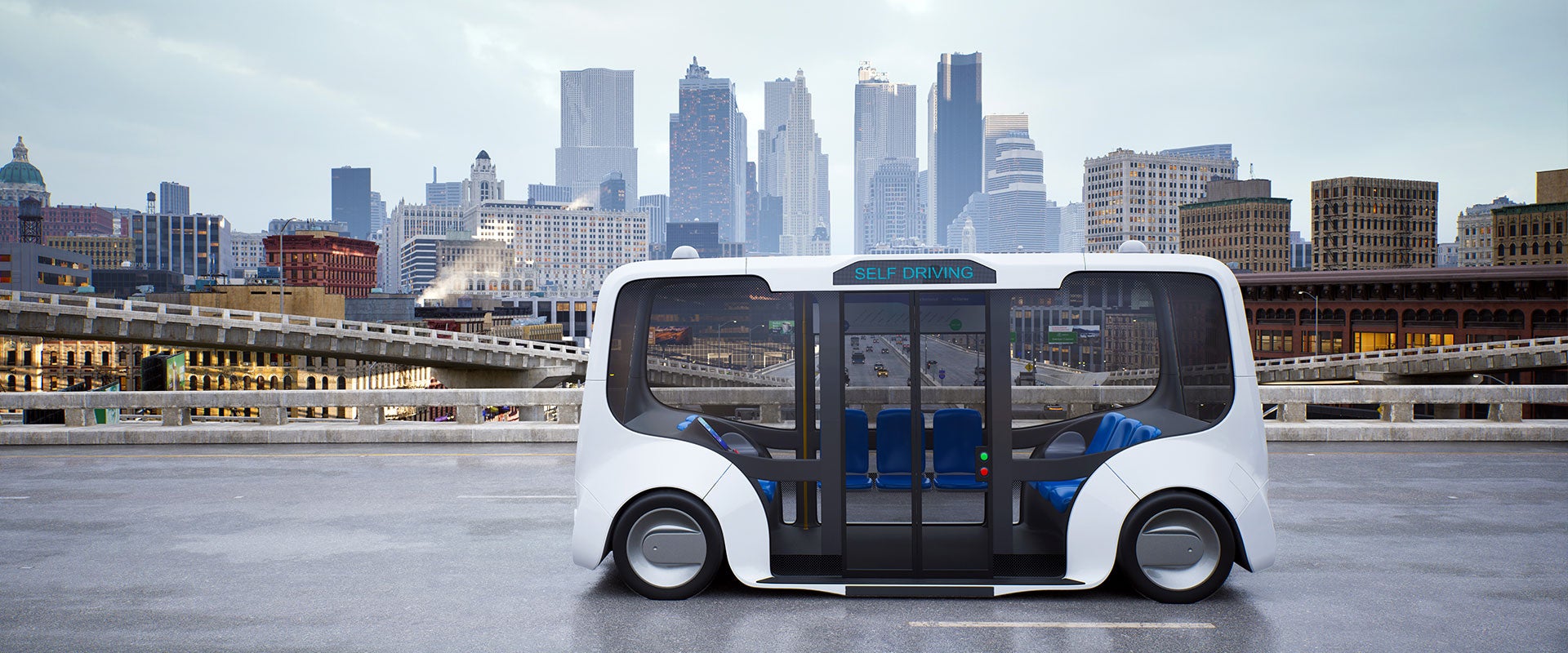Over the past two years, AVs (autonomous vehicles) have started to reach a limited number of consumers via ‘robotaxi’ trials taking place in cities around the world. These trials are an important milestone but have also highlighted the remaining hurdles to widespread AV adoption. However, many experts expect that these hurdles will eventually be overcome, so we can start to consider how fleets of robotaxis may enter the market in the future, and what their effect may be on the ownership of private vehicles.
Trials suggest a potential wider rollout of robotaxi fleets
There has been much debate as to how AVs will become available to consumers. The launch of several commercial robotaxi trials over the past two years suggests that consumers may first access AVs via ride-hailing apps in urban areas. In the short to medium term, this AV fleet scenario could offer consumers affordable access to AVs, which are likely to remain prohibitively expensive for the vast majority to privately own. In this scenario, the utilisation of robotaxis would be expected to be higher than that of a privately owned vehicle, which would typically only be driven for a few hours each day. This could benefit AV manufacturers by allowing them to quickly collect masses of data to inform development of further technology.
Robotaxi fleets will likely have to initially compete with traditional taxi and ride-hailing firms. One key area of competition will be price. AV fleet operators will aim to leverage their position of not having to pay drivers to offset the higher cost of developing or leasing AV technology. In order to do this, they will have to efficiently manage their fleets’ capacity to cope with daily fluctuations in demand. Ride hailers currently do this through a combination of surge pricing and ‘gig economy’ drivers to meet high demand without having to maintain a full fleet.
Maintaining a high utilisation rate for AV assets could be one of the key challenges for robotaxi firms as they begin to scale up AV trials. Figure 1 below plots hourly Uber and Lyft trips in San Francisco and illustrates the significant daily peaks and troughs in demand. Ride hailers are able to use surge pricing to regulate demand peaks and increase supply during these periods. Robotaxi firms will have to adopt a similar mechanism to match supply and demand and avoid having a large surplus of unused vehicles on the road for several hours each day. This presents an opportunity for ride hailers, which could position themselves as valuable partners to robotaxi firms by sharing their extensive data to help overcome this challenge.









